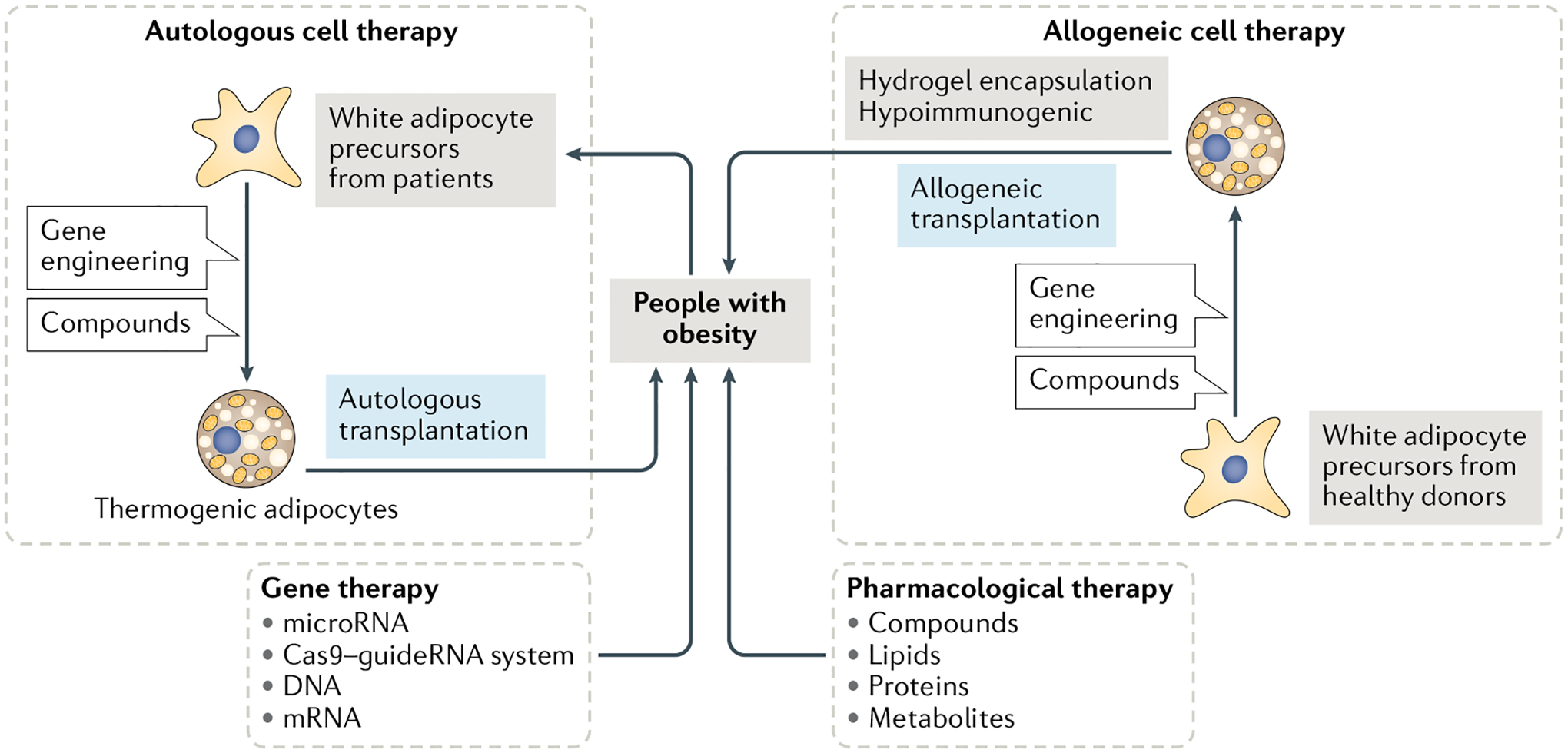Fig. 6 |. Cell-based, gene-based and pharmacological therapies for activation and conversion of thermogenic adipose tissue.

In pharmacological therapies, several compounds, proteins, lipids or metabolites have been applied for treating obesity in human clinical trials through the regulation of thermogenic adipose tissue activity and energy expenditure. In gene therapy, the delivery of DNA (transgene), mRNA, microRNA or Cas9–guideRNA systems is used for increasing the expression of genes involved in the thermogenic pathway. Targeted delivery into thermogenic adipose tissue or white adipose tissue increases efficiency and specificity and minimizes the adverse effects on other cell types. Cell-based therapies include autologous and allogeneic cell therapy according to the source of the transplanted cells. In autologous cell therapy, precursor cells isolated from an individual with obesity can be engineered and differentiated to thermogenic adipose tissue, followed by transplanting back to the same individual. Allogeneic cell therapy uses precursor cells from healthy donors. Although this strategy overcomes the burden of cell source, preventing transplanted cells from immune rejection needs to be considered using hydrogel encapsulation or reducing immunogenicity before allogeneic cell transplantation into the recipients. Although gene-based and cell-based therapy have not yet been applied for treating obesity in humans, these might be potential strategies.
